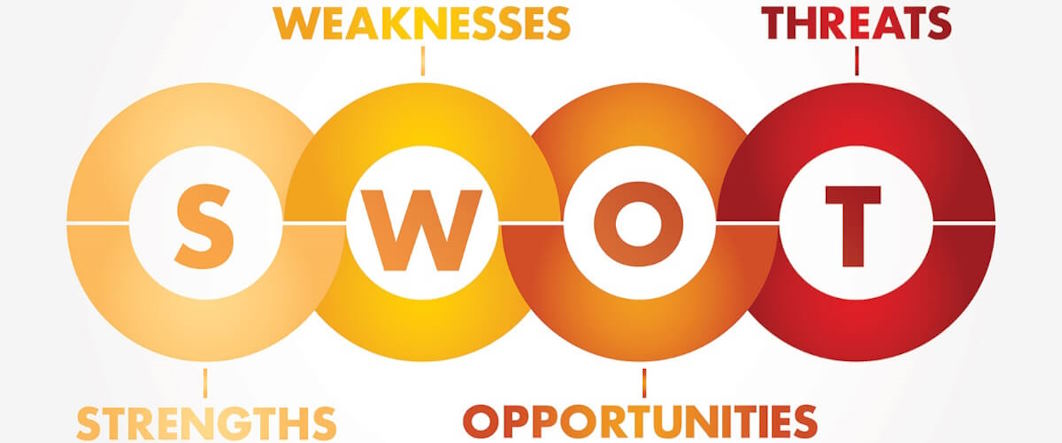We speak about collecting and evaluating information about competitors in a specific market or industry. The primary purpose of a competitive analysis is to gather intelligence that enables businesses to make informed decisions and respond effectively to market dynamics. It provides valuable insights into market trends, customer preferences, industry benchmarks, and competitor behavior.
Why is it needed for businesses to carry out competitive analysis?
First of all, competitive analysis helps businesses identify their direct and indirect competitors in the market. By understanding who their competitors are, businesses can assess the competitive landscape and gain insights into the players they need to differentiate themselves from.
Besides, in this way, owners can get valuable insights into market trends, customer preferences, and industry dynamics. By analyzing competitors, businesses can gain a deeper understanding of customer needs, emerging trends, and shifts in the market. This knowledge helps inform strategic decision-making and ensures businesses stay relevant and responsive to market demands.
In addition, analysis enables businesses to benchmark their performance against industry leaders and competitors. As a result, it helps owners to identify their unique strengths and advantages over competitors. By understanding their competitive advantages, businesses can differentiate their offerings, communicate their unique selling points, and attract customers.

How often should business owners do competitive analysis?
Business owners should conduct competitive analysis regularly to stay informed and adapt to the ever-changing market dynamics. The frequency of competitive analysis can vary depending on factors such as the industry, market conditions, and the pace of innovation within the sector. However, conducting a thorough competitive analysis at least once a year, if not more frequently, is recommended. It allows businesses to stay up-to-date with their competitors’ strategies and adjust accordingly.
What should competitive analysis include?
A comprehensive competitive analysis should usually include the following key components:
Competitor identification
Embark on a quest to uncover the direct and indirect contenders within your market or industry. Be sure to cast a wide net, encompassing both established players and budding disruptors who have the potential to shake up the status quo.
Company profiles
Delve into the depths of each competitor’s existence by crafting intricate profiles that illuminate their essence. Illuminate their origins, size, market influence, product or service offerings, coveted target markets, and the segments of customers they captivate.

SWOT analysis
Unleash the power of discernment by conducting an in-depth SWOT analysis, paying attention to Strengths, Weaknesses, Opportunities, and Threats for each competitor and your own business. Embark on a journey to evaluate their supremacy in product quality, prowess in pricing, reach through distribution channels, mastery of marketing strategies, and the finesse of customer service.
Product or service analysis
Embark on a profound exploration of the captivating realm of products or services proffered by each competitor. Unleash your discerning gaze upon their array of features, the craftsmanship of quality, the enchantment of pricing, the allure of packaging, and the elusive threads of their unique selling points.
Marketing and sales tactics
Examine the marketing and advertising strategies used by competitors. Assess their messaging, branding, content marketing efforts, social media presence, and customer engagement. Determine their sales channels and distribution methods.
Customer experience
Embark on exploration of the multifaceted world of customer experience offered by your competitors. Unleash your perceptive gaze upon their customer service processes, the feedback mechanism, the customer reviews, and the alluring design of their loyalty programs.







 At Kibanda TopUp, we are passionate about all things marketing and business. Our goal is to provide valuable insights, tips, and strategies to help entrepreneurs, marketers, and business professionals navigate the ever-changing landscape of the business world.
At Kibanda TopUp, we are passionate about all things marketing and business. Our goal is to provide valuable insights, tips, and strategies to help entrepreneurs, marketers, and business professionals navigate the ever-changing landscape of the business world.